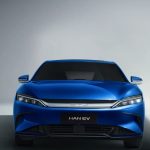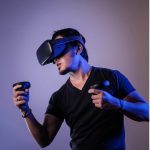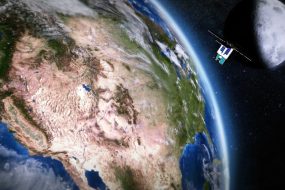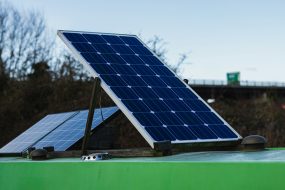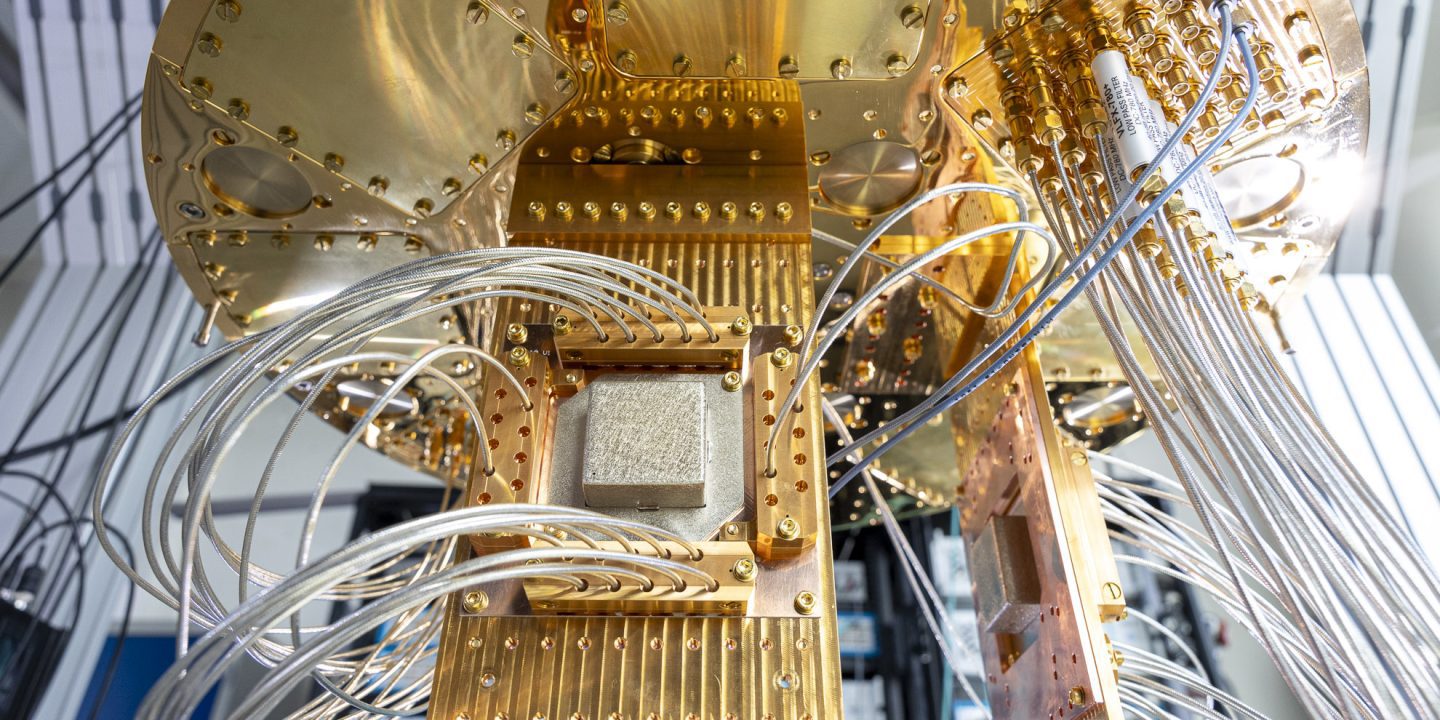
Quantum computers just took a giant leap forward, thanks to a game-changing innovation that links superconducting qubits with fiber-optic technology. This breakthrough could finally make large-scale, networked quantum systems a reality—solving one of the biggest roadblocks in the field.
The Qubit Revolution Gets a Fiber-Optic Upgrade
Qubits—the heart of quantum computing—are pushing tech into uncharted territory. Superconducting qubits, in particular, have long been seen as the golden ticket for building powerful quantum machines. But there’s a catch: these qubits rely on finicky electrical signals, which make scaling them up a nightmare.
Now, physicists at Austria’s Institute of Science and Technology (ISTA) have cracked the code. They’ve created the first fully optical system to read out superconducting qubits—ditching bulky electrical setups for sleek fiber optics. Published in Nature Physics, their work could turbocharge the development of practical quantum computers.
Why This Matters Now
The timing couldn’t be sharper. Just days into the International Year of Quantum Science and Technology, Nvidia CEO Jensen Huang threw cold water on the hype at CES 2025, claiming “useful quantum computers” are still 20 years off. Yet behind the scenes, labs like ISTA are racing to prove him wrong.
Fiber Optics vs. the “Cold Reality” of Qubits
Superconducting qubits operate at temperatures colder than deep space—just a hair above absolute zero. Traditional electrical readouts require massive cooling systems and error-prone wiring, which limits scalability. Fiber optics, on the other hand, transmit data faster, lose less heat, and handle way more information. The problem? Qubits speak “electrical,” not “optical.”
ISTA’s team bridged this gap with a clever translator: an electro-optic transducer. This device converts optical signals into microwaves (which qubits understand) and back again. “We showed we can beam light near qubits without breaking their superconductivity,” says Thomas Werner, a PhD student on the project.
Breaking the Qubit Scaling Barrier
Today’s quantum computers max out at hundreds of qubits. To tackle real-world problems, we’ll need millions. ISTA’s optical readout slashes the heat and hardware required to measure qubits, smashing through scalability limits. “This could let us connect quantum computers across separate cooling units using fiber cables,” explains Georg Arnold, co-lead author.
The Future: Quantum Networks, Powered by Light
The team envisions quantum computers linked via optical fibers, forming networks that share processing power. Current systems are shackled by “dilution refrigerators”—enormous cooling units that can’t scale infinitely. But with optics, qubits in separate fridges could finally “talk” to each other.
What’s Next?
The prototype isn’t perfect yet—it guzzles too much optical power. But it’s a proof of concept that optical qubit readouts work. As Arnold puts it, “Industry needs to take this and run.”
One thing’s clear: the quantum race just got a lot more interesting.
Reference: Arnold, G. et al. “All-optical superconducting qubit readout.” Nature Physics (2025).



